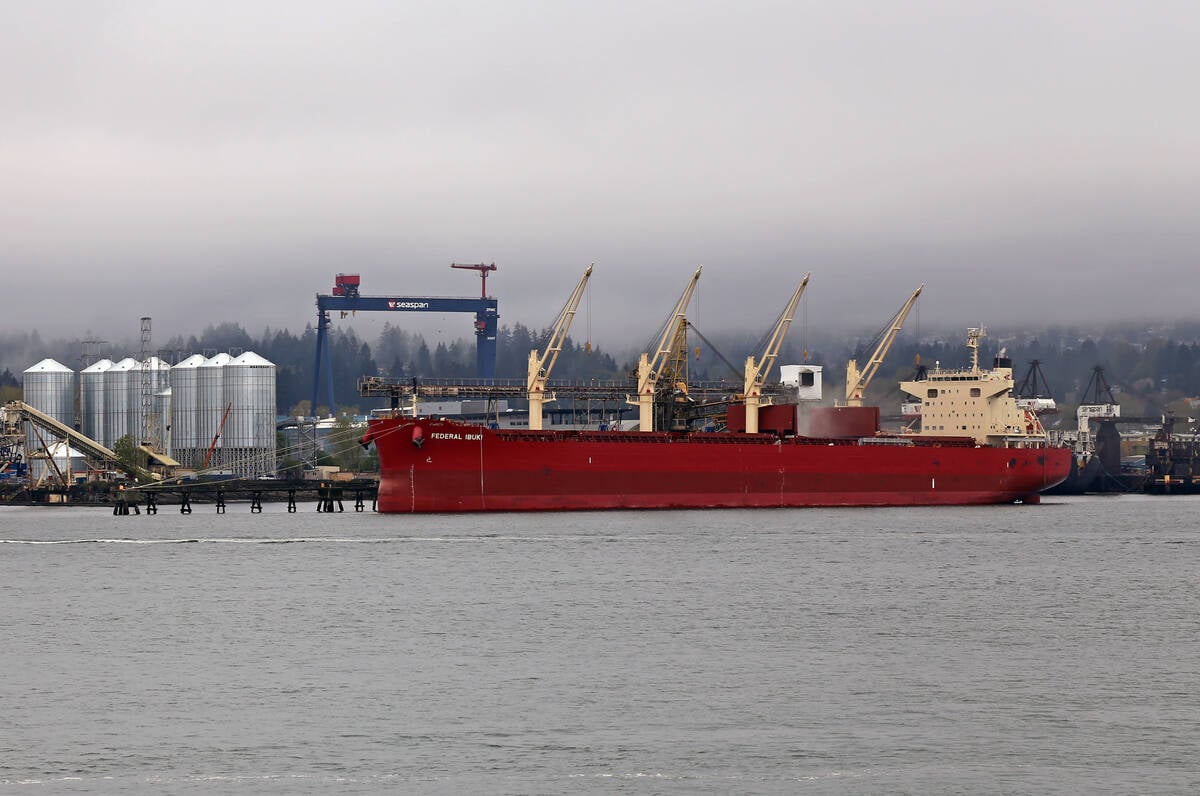Canada’s restaurant and food services lobby is spreading myths and misinformation in its campaign against supply management, Chicken Farmers of Canada leaders have complained to MPs.
CFC president David Fuller and executive director Mike Dungate insisted during a Dec. 8 appearance before the House of Commons agriculture committee that:
• supply management boards do not “short the market” to deliberately keep supplies over-priced
• Canadian prices are higher than American prices because the American industry is losing money
• the Canadian chicken industry far exceeds its World Trade Organization obligation by allowing 7.5 percent of the current consumer market to be supplied by low tariff or no-tariff imports
Read Also

Vancouver port says it has improved efficiency
Grain movement has been strong at the Port of Vancouver due in part to a new centralized scheduling system.
They were responding to questions from MPs who said they support supply management but often have to deal with critical questions from their constituents.
Conservative MP Bob Zimmer from British Columbia said a restaurant chain owner in his riding complains that supply management is “deliberately causing a shortage in the domestic supply market to keep prices high.”
Fuller rejected the charge. A 14-member committee that includes producers, processors and restaurateurs sets production quota levels based on expected consumption demand.
“We do not deliberately short the market to increase the price,” he said. “That is a myth and it is wrong. It is false.”
What about price comparisons between Canada and the United States? Zimmer asked. Chicken costs close to $7 per kilogram in Canada and $2.75 in the U.S.
Dungate said the U.S. industry is losing money on every kilogram it sells and processors are going bankrupt, which puts pressure on farm-gate chicken prices.
As well, American producers receive farm bill subsidies, and the U.S. government recently spent $300 million above farm bill spending to take chicken out of the market to strengthen prices. The Canadian industry gets its money from the marketplace.
“When people say, ‘you have to get the same price as the guys in the U.S.,’ I say, ‘are you asking us to lose as much money as them?’ ”
Fuller also said any increase in current rules requiring that 7.5 percent of the market be filled by low-tariff imports would drive Canadian chicken farmers out of business. Imports from the U.S. and Mexico are tariff-free within that tariff rate quota (TRQ) and tariff on product from elsewhere is 5.4 percent.
Over-quota tariffs for import above that level are 238 percent.
Fuller said present TRQ levels clear the way for imports of 82 million kg.
“If we take what Atlantic Canada and Saskatchewan grow on an annual basis, that’s about the size of it.”
However, that level of guaranteed access is under pressure in Canada- European Union free trade talks and at the World Trade Organization.
What would happen if it was increased to 10 percent of the market? asked NDP MP Alex Atamanenko.
“If we were to increase that access to 10 percent, you would see a reduction in the Canadian chicken industry effective immediately,” replied Fuller.
Dungate said the Canadian market share offered to imports is more generous than many other countries bound by the WTO rule.
Canada bases its calculation on the previous year’s consumption so actual access grows as the market grows.
Other countries bound by WTO access rules calculate their TRQ percent on the basis of consumption between 1986 and 1988.
“So don’t compare somebody’s five percent to our 7.5 percent,” he said. “Our 7.5 percent is twice our WTO commitment.”
















